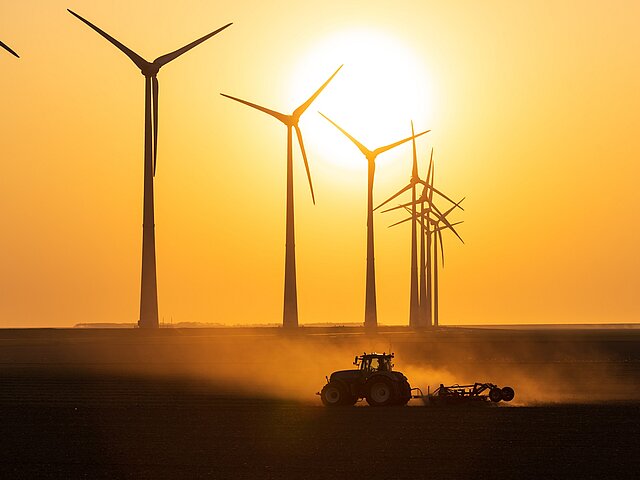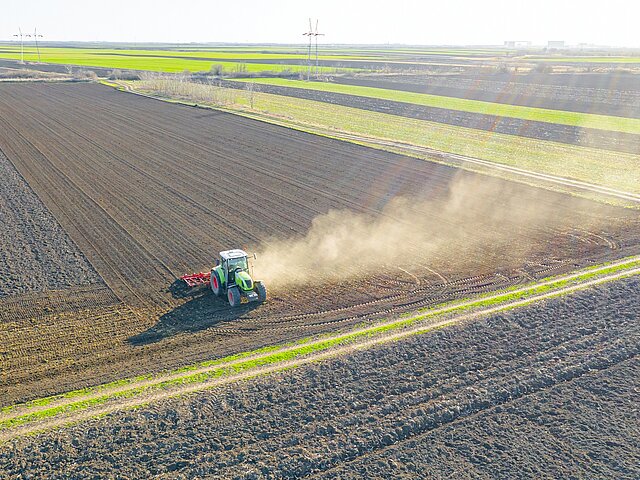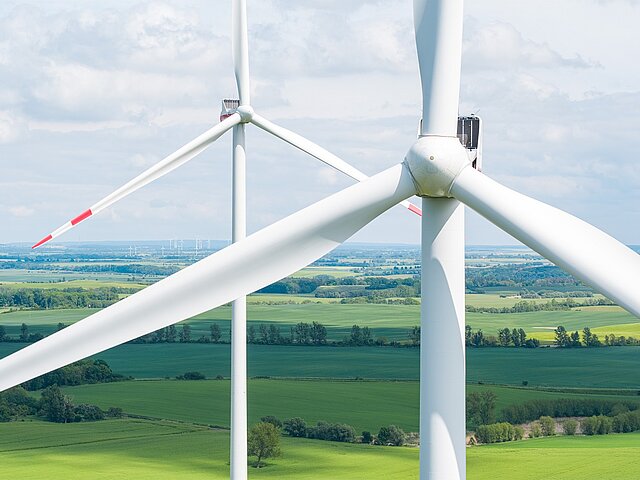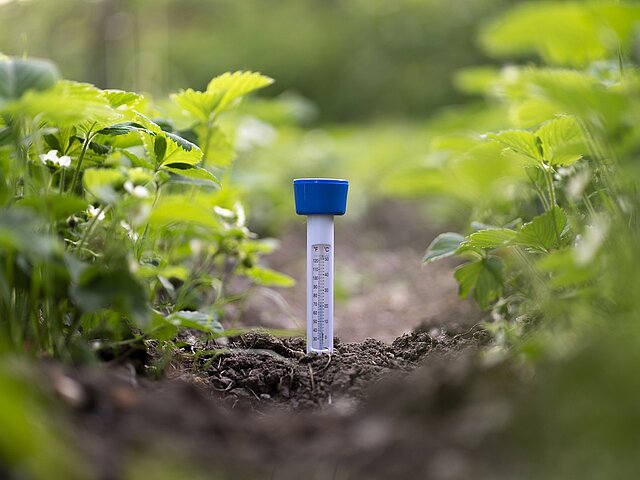
Surprising criticism: Are wind farms responsible for heatwaves and droughts?

Germany has experienced more than one dry and hot summer in recent years. As a result, the soils in large parts of the country were and still are too dry. This can be clearly seen on the Helmholtz Centre for Environmental Research's drought monitor. A surprising accusation comes from the ranks of wind power opponents in saying that wind turbines are responsible for the droughts and ultimately also for heat waves.
Study from the USA is misunderstood
This criticism often refers to a study from the USA. In 2018, Lee M. Miller and David W. Keith published a study entitled "Climate Impacts of Wind Power". For their study, the authors based their calculations on the assumption that the entire electricity consumption of the USA was generated by wind turbines. Thereby, they calculated a warming of the earth's surface temperature by 0.24°C. Not only do critics of wind power deduce a warming of the climate from this assumption, they also derive a higher evaporation of soil moisture and, consequently, a drying out of the soil.
However, this criticism gets some important facts mixed up. Not all of the USA's electricity needs are covered by wind energy and no one is planning to implement plans of this kind.

Wind turbines swirl layers of air, however they do not generate heat
However, it is undisputed that the land surface can heat up slightly within or near wind farms. The rotor of a wind turbine changes the air flow, creating turbulence behind a wind turbine, known as wakes. For this reason, the plants in wind farms are always spaced apart, otherwise they would deprive each other of sufficient wind.
In a stable weather situation, where there is warmer air at higher altitudes and cooler air on the ground, the rotors ensure that the air is intermixed, meaning that the air on the ground becomes slightly warmer. The same applies to humidity. If the air on the ground is more humid, wind turbines can ensure an exchange with dry air at a higher altitude.
Large-scale global warming caused by wind turbines, on the other hand, is impossible. Although wind turbines redistribute existing heat, they do not add any extra warm air. This effect is, therefore, not comparable to the effects of more CO2 in the atmosphere from burning oil or natural gas. Miller and Keith did not show, or intend to show, that wind farms heat the earth by 0.24°C. They simply used a theoretical model to calculate how the temperature on the ground increases in relation to the entire surface of the USA.

Minimal effects are measurable in close proximity to the ground
Meteorologist Stefan Emeis estimates the nocturnal warming of the air near the ground in the vicinity of wind farms to be significantly lower, at approximately 0.05°C, as he explained to the Bavarian broadcaster Faktenfuchs. The calculation is as follows: a wind turbine can increase the surface temperature in the immediate vicinity by around 0.5°C on a clear night. The relative humidity near the ground drops by around five to ten percent. However, as this effect only occurs in around 10 percent of nights (10 percent of 0.5 degrees), Emeis estimates the warming of the air near the ground at around 0.05 degrees on average for the entire year.
Clouds and rain form at high altitudes
And what about the rain? This is another area where the critics are not quite right. Although moisture is redistributed, it is not absorbed, so no water is lost.
In addition, our weather is created in completely different dimensions and heights. Modern wind turbines are around 250 meters high. Rain clouds usually have their base at 200 to 1,000 meters above the ground. This means that they can actually reach as high as low-hanging clouds. However, the precipitation-forming processes take place much higher in the upper parts of the cloud, in the temperature range below -20°C and, therefore, at an altitude of around six kilometers.
Basically, our weather is determined by areas of high and low pressure. Wind and rain occur when the air pressure is low. However, a low-pressure area in Europe typically has a diameter of up to 2,000 kilometers and a lifespan of up to a week, explains meteorologist Astrid Ziemann from the Institute of Hydrology and Meteorology at TU Dresden on MDR. The associated precipitation processes also take place on larger scales. She, therefore, described the effects of wind farms on large structures in the atmosphere as questionable.

Agricultural droughts have an alternative trigger: Climate change
Some critics blame wind farms for agricultural droughts. However, according to an an overview of the local microclimatic effects of wind turbines, published by the German Parliamentary Research Service, this is not the case. Even if, for example, the north of Germany, where many wind turbines are located, was particularly affected by drought in 2018, Saxony and large parts of Bavaria also suffered from drought. However, wind turbines are rather rare here. And even when comparing drought and dryness in Europe, no correlation is discernible.
Scientists agree that the main cause for heat and drought is climate change, which is due to the increase of CO2 in the atmosphere. This in turn is due to the burning of fossil fuels, i.e. oil, gas and coal. Wind turbines may have a minor impact on their surroundings, just like other large structures. In fact they are not part of the problem, they are part of the solution.



